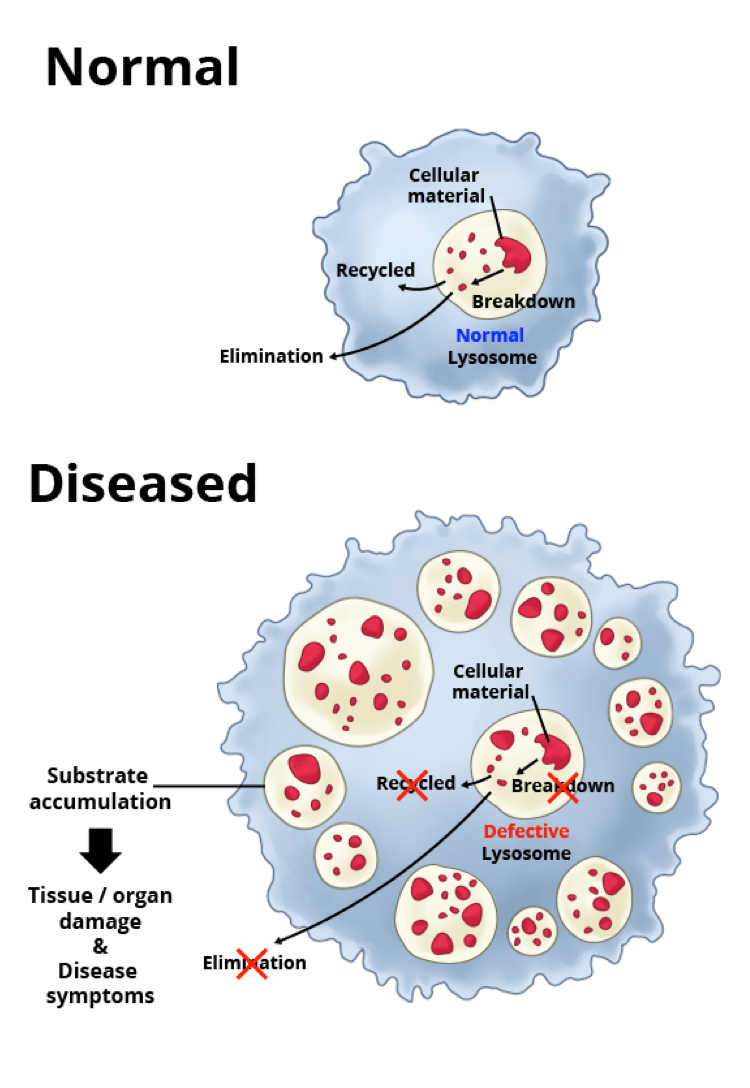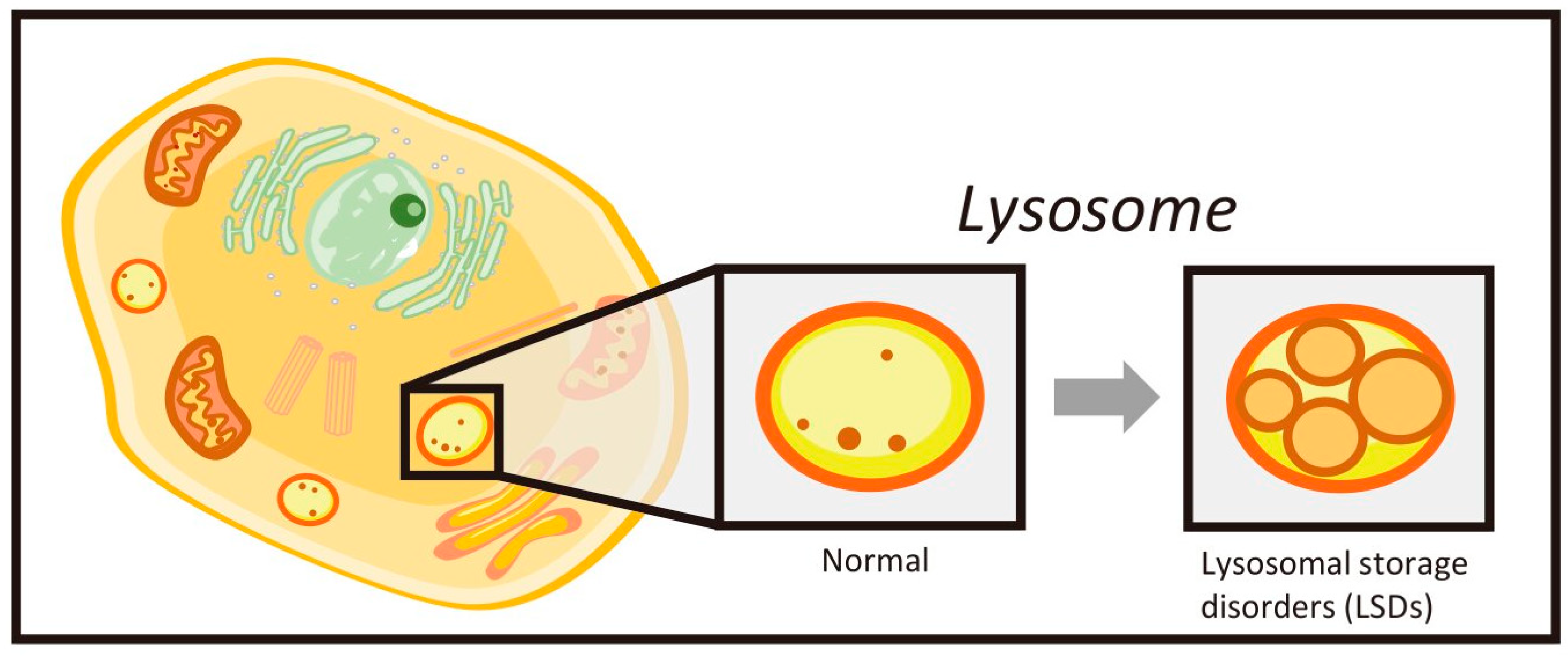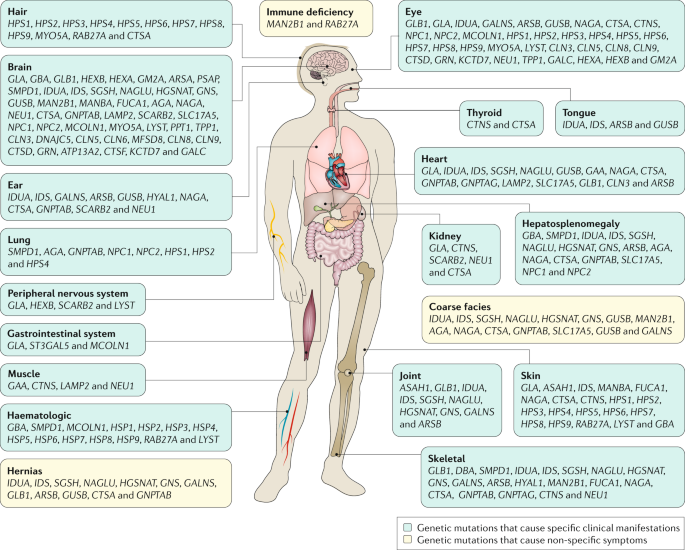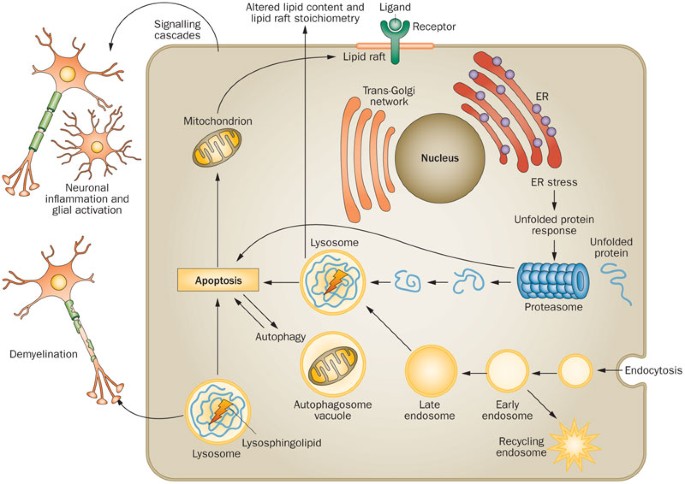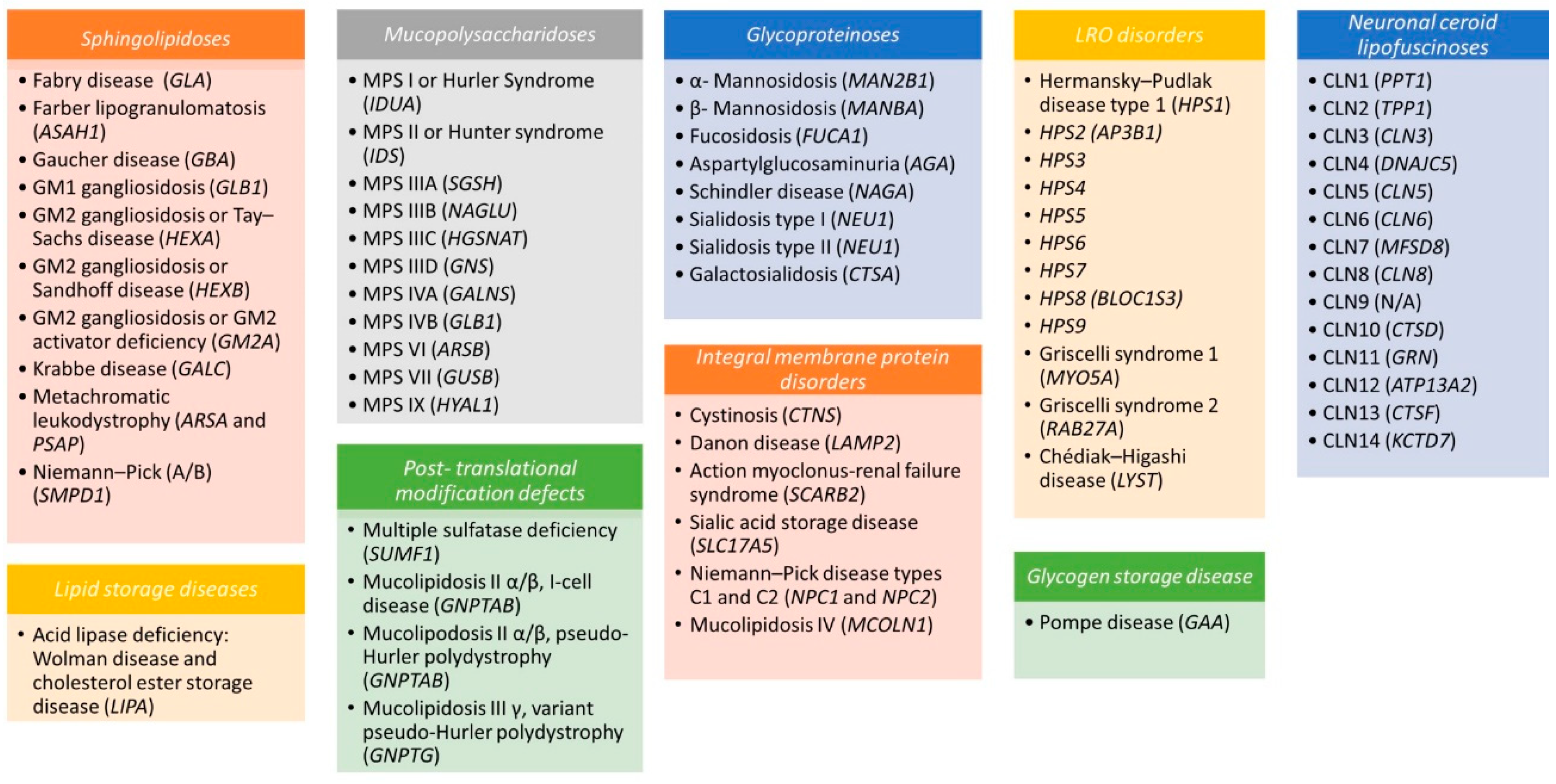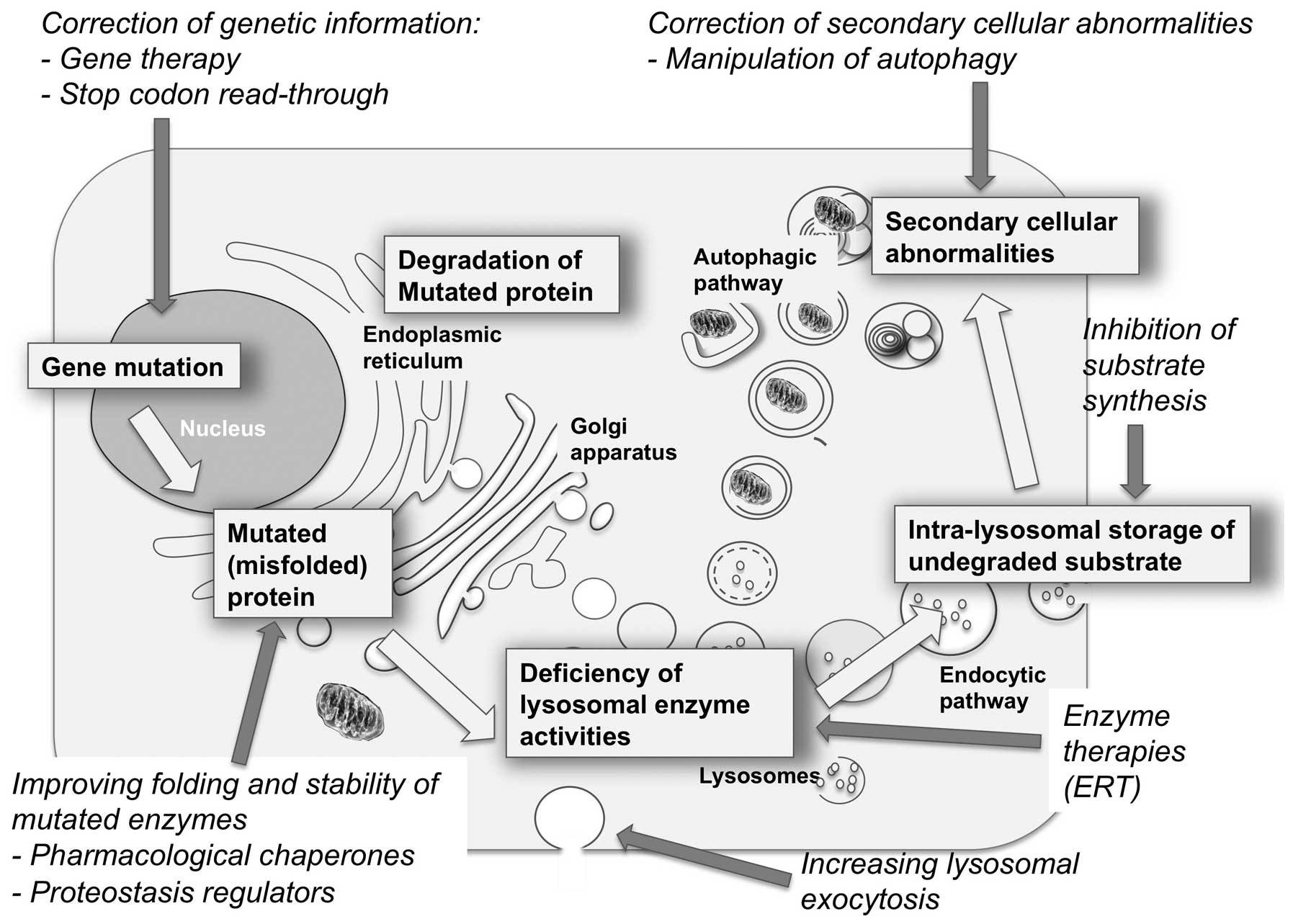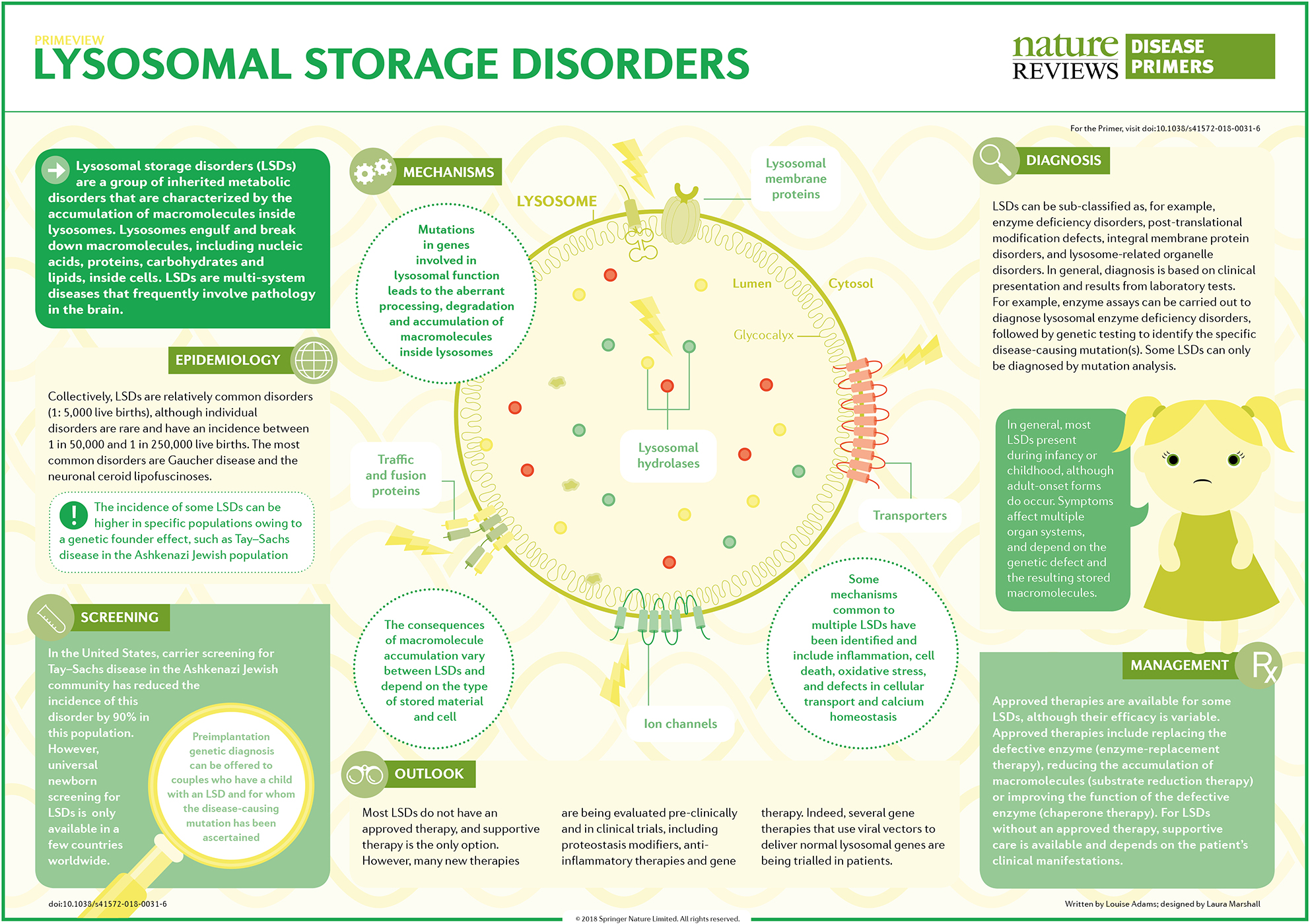Matchless Tips About How To Detect Lysosomal Storage Disease

Symptoms commonly found in many types of lysosomal storage disorders include:
How to detect lysosomal storage disease. Physicians can detect lysosomal storage diseases either during pregnancy or in newborns and young children. Lsd enzyme testing (also called a lysosomal enzyme screen) is a biochemical test to look for the presence of a number of lysosomal enzymes in the blood. Abnormally large organs in your abdomen (visceromegaly) like your kidneys, liver, pancreas, spleen or.
Sponsored testing for over 50 different lysosomal storage diseases. The lysosomal storage diseases (lsds) comprise a heterogeneous group of almost 50 disorders that are caused by genetic defects in a lysosomal acid hydrolase,. A lysosomal storage disorder occurs when one of these enzymes is not functioning correctly.
When the enzyme does not function correctly, there is a build up of. Without the enzyme, this fat builds up in cells. Follow up for abnormal biochemical results and confirmation of suspected lysosomal storage disease (lsd) establishing a molecular diagnosis for patients with lsd identifying variants.
Ad detect lsds provides sponsored genetic testing for patients suspected of having an lsd. It is difficult to predict and analyze lysosomal storage diseases as the symptoms change from one type of lsd to the other. In addition to a physical exam, some of our diagnostic tools include:
It is a helpful test in. There are over 50 different diseases that are categorized as lysosomal storage diseases — genetic testing can be crucial to finding a diagnosis. Some of the main symptoms can include:.
A multiplex test using a drop of dried blood can be used to screen newborns for eight different lysosomal storage diseases, including sanfilippo syndrome, a new study shows.




